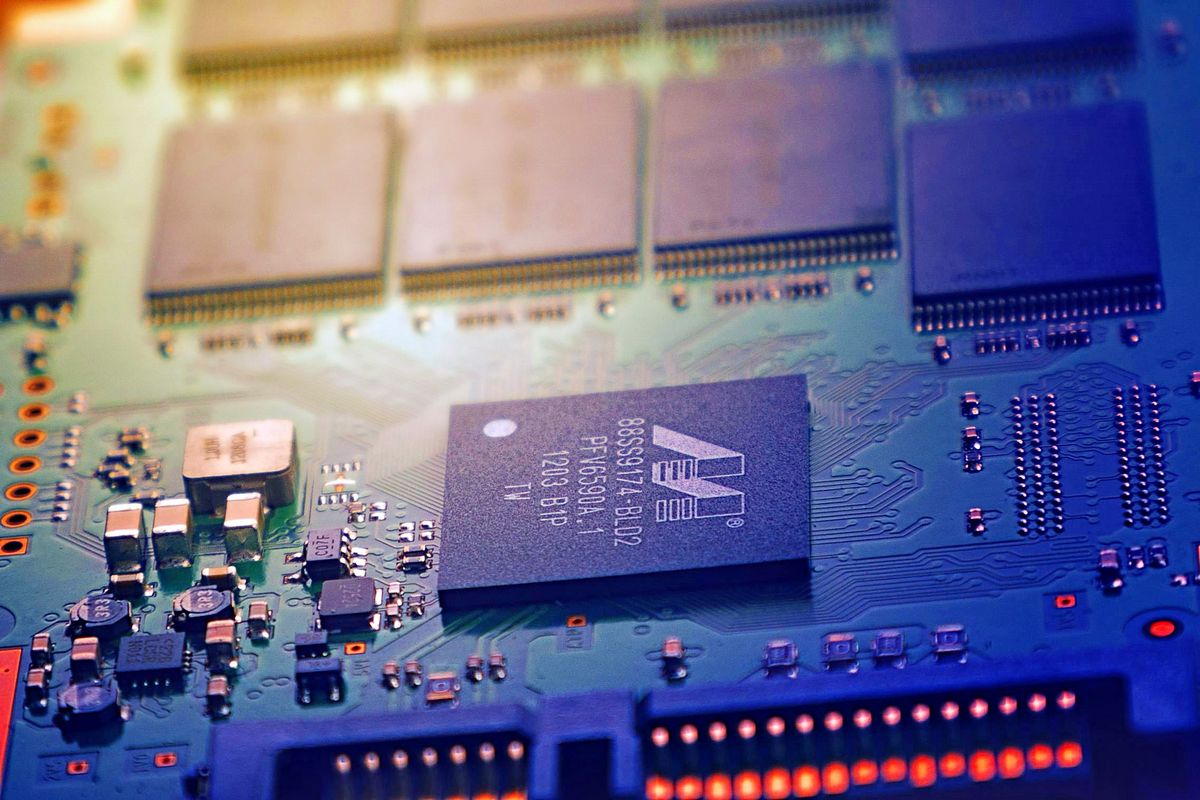🌍 The Global Semiconductor Landscape
The semiconductor industry has been a focal point for nations worldwide, with both the United States and Japan harboring dreams of a semiconductor renaissance. At the core of these aspirations lies the quest to gain control over advanced manufacturing processes. However, as events unfold, it appears that the American dream may be faltering, while Japan’s ambitions could be within reach. 🇺🇸 🇯🇵
🔍 Scrutinizing the American Semiconductor Renaissance Dream
According to the analysis presented, the American semiconductor renaissance dream is unlikely to succeed and may even face a dismal failure. Despite TSMC’s establishment of a fab in Arizona, with President Biden attending the groundbreaking ceremony, the actual subsidies received remain uncertain. 💰
In contrast to TSMC’s ventures in Japan and Germany, where subsidies were confirmed before construction commenced, the U.S. government has adopted a different approach. The subsidies for American projects are being negotiated after the investment decisions have been made, creating uncertainty. 🏭
The total subsidy pool of $52 billion has been primarily allocated to smaller, scattered projects, leaving the crucial question of Intel’s subsidy amount unanswered. Until Intel’s subsidy is determined, the subsidies for TSMC and Samsung remain uncertain. Considering the current political climate, it is anticipated that TSMC’s subsidy will be limited, even if granted. 💸
Beyond financial considerations, inherent flaws and maladjustments within the American semiconductor industry’s revival efforts. Neither policy decisions nor the overall societal environment reflects a firm commitment to reviving the semiconductor industry. The uncertainty surrounding subsidies is merely symptomatic of this lack of resolution. 🚫
Additionally, challenges such as labor union disputes, talent shortages exacerbated by difficulties in relocating Taiwanese professionals, and an environment perceived as unfriendly to TSMC due to intense competition from Intel, Samsung, and others, further compound the obstacles. 💼
🏭 The Manufacturing Hollowing-Out Challenge
The manufacturing hollowing-out phenomenon in the United States dates back over a century, preceding the globalization wave of the 1990s. As costs rose during the oil crises of the 1970s, American companies outsourced production to reduce expenses, inadvertently fueling the economic prosperity of East Asia. 🛢️
This hollowing-out problem has become a vicious cycle. Establishing a new factory in the U.S. may be feasible, but sourcing the necessary materials, equipment, and components domestically poses significant challenges. With limited domestic production and long lead times, the costs of manufacturing in the U.S. escalate substantially. 📈
Furthermore, the declining market share of American companies in sectors like consumer electronics, automotive, and others exacerbates the issue. Advanced chips produced in the U.S. may need to be shipped to Asia for assembly and integration into final products, adding complexity and delays to the supply chain. 🚚
🇯🇵 Japan’s Semiconductor Renaissance: A Promising Outlook
In contrast to the United States, Japan’s semiconductor renaissance dream appears more promising. Despite the nation’s historically protectionist societal tendencies, TSMC’s strategic partnership with Sony for its first fab in Kumamoto has paved the way for broader acceptance. 🤝
Sony’s involvement not only provided financial backing but also invaluable local support, resolving numerous issues related to setting up operations. This successful collaboration encouraged TSMC to swiftly commit to a second, more advanced 6nm fab in the region. 🔋
Japan’s inherent strengths in upstream semiconductor supply chain components, such as materials, equipment, and precision instruments, position it favorably. A significant portion of Taiwan’s semiconductor supply chain companies have roots in Japanese technology transfers or partnerships. 🇹🇼
Moreover, Japan’s domestic market presents substantial demand for advanced chips from industries like automotive, consumer electronics, and AI servers. By locating production facilities near these customers, TSMC can forge closer relationships, enable customization, and streamline supply chains. 🚗
Crucially, Japan’s government and society have demonstrated unwavering support for TSMC’s investments. Subsidy commitments have been swiftly approved, contrasting with Japan’s historically sluggish bureaucracy. Local communities, like Kumamoto, have warmly welcomed TSMC’s presence, recognizing the economic and technological benefits. 🤗
📈 Japan’s Semiconductor Resurgence: Favorable Conditions
Japan possesses the necessary conditions for a comprehensive semiconductor industry resurgence, barring potential talent shortages that may require additional workforce development efforts. 👩💻
Japan’s historical status as a semiconductor powerhouse in the 1980s and 1990s, before being eclipsed by U.S. trade restrictions, has left it with a robust upstream supply chain foundation. Combined with the societal embrace of TSMC’s investments and the U.S. government’s tacit approval, driven by a desire to diversify Taiwan’s dominance in advanced processes amid tensions with China, Japan’s semiconductor renaissance appears increasingly viable. 🌱
The alignment of timing, geography, and societal support positions Japan favorably to revive its semiconductor prowess, potentially even achieving 2nm process capabilities in the future. 🔜
🌐 The Significance of Societal Support
While government policies are crucial, the ability of an industry to thrive within a society hinges significantly on the overall societal support and embracement it receives. Favorable social dynamics can amplify an industry’s impact and influence within a nation. 🌍
Ultimately, the contrasting experiences of TSMC’s endeavors in the U.S. and Japan underscore the pivotal role societal acceptance plays in determining the viability and success of industrial pursuits within a given region. 🌐
Copyright © 2024 Hea1th.net

